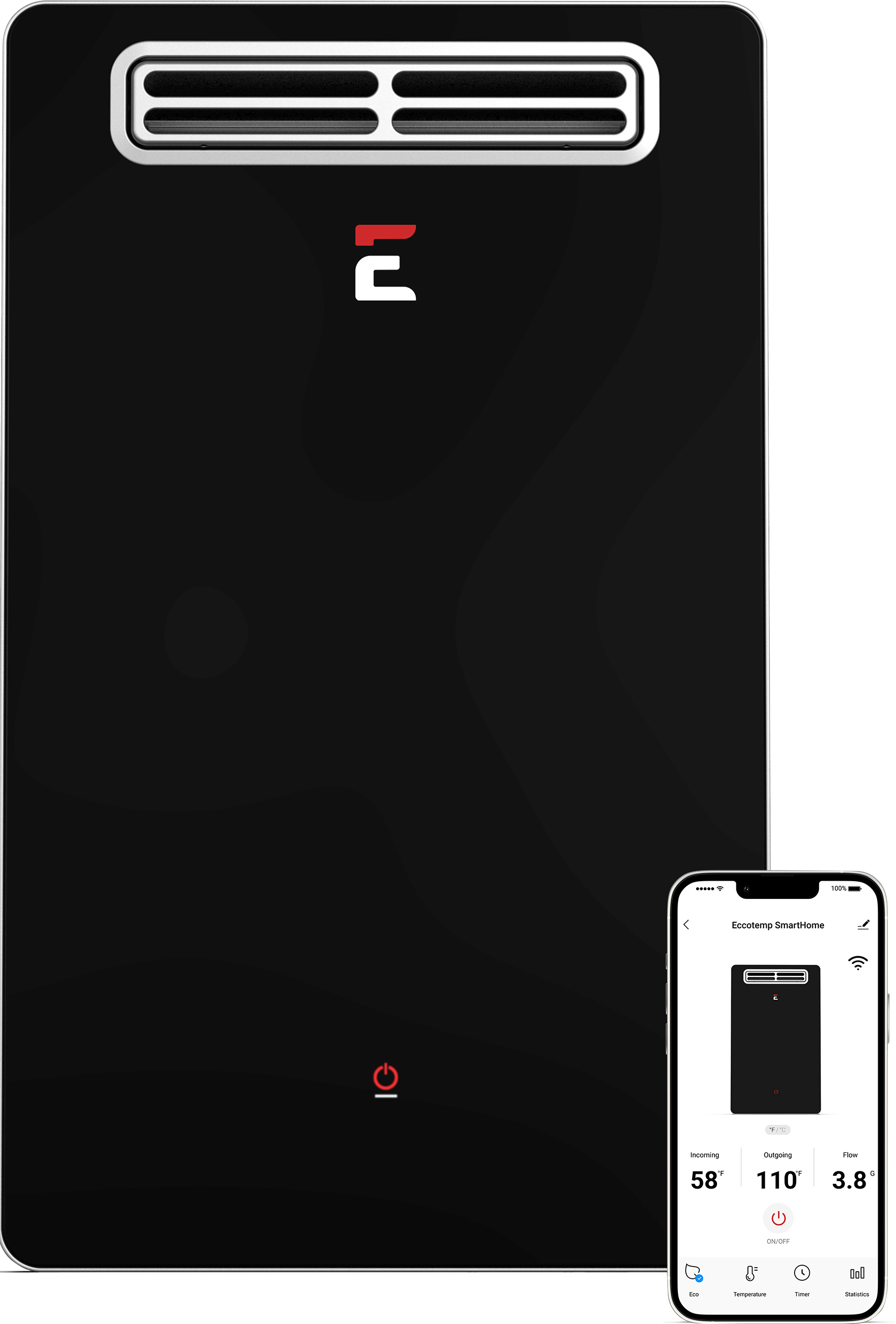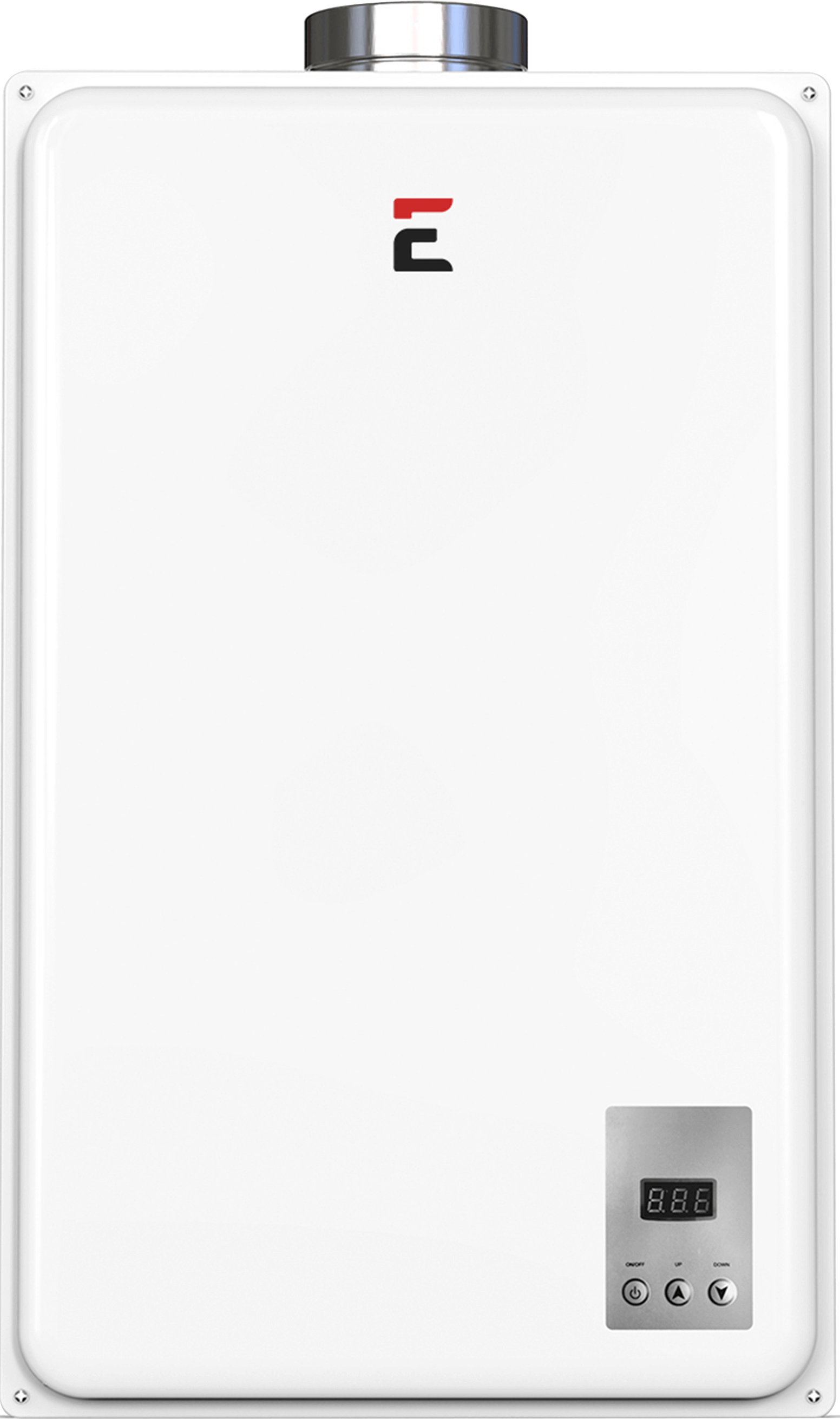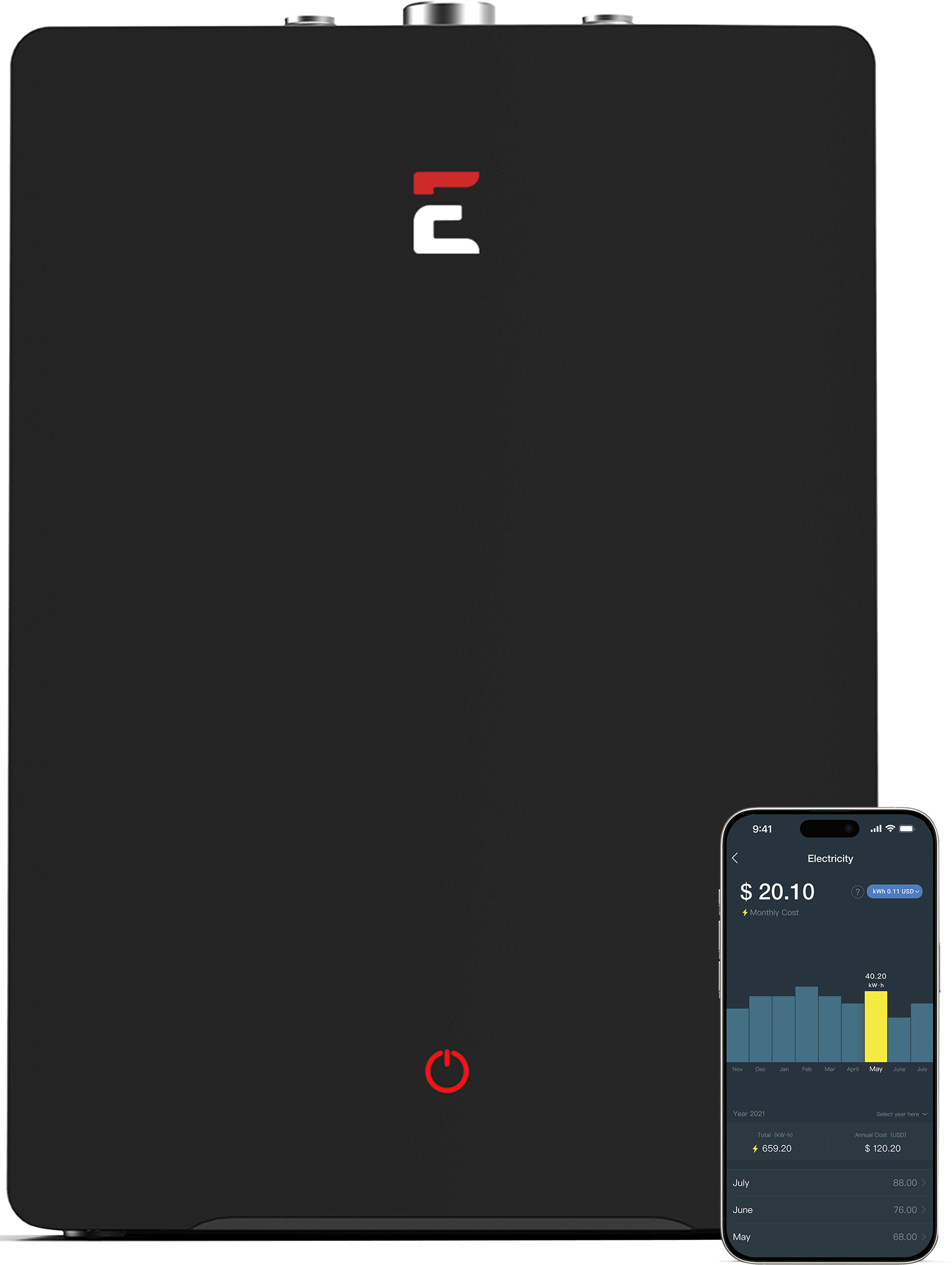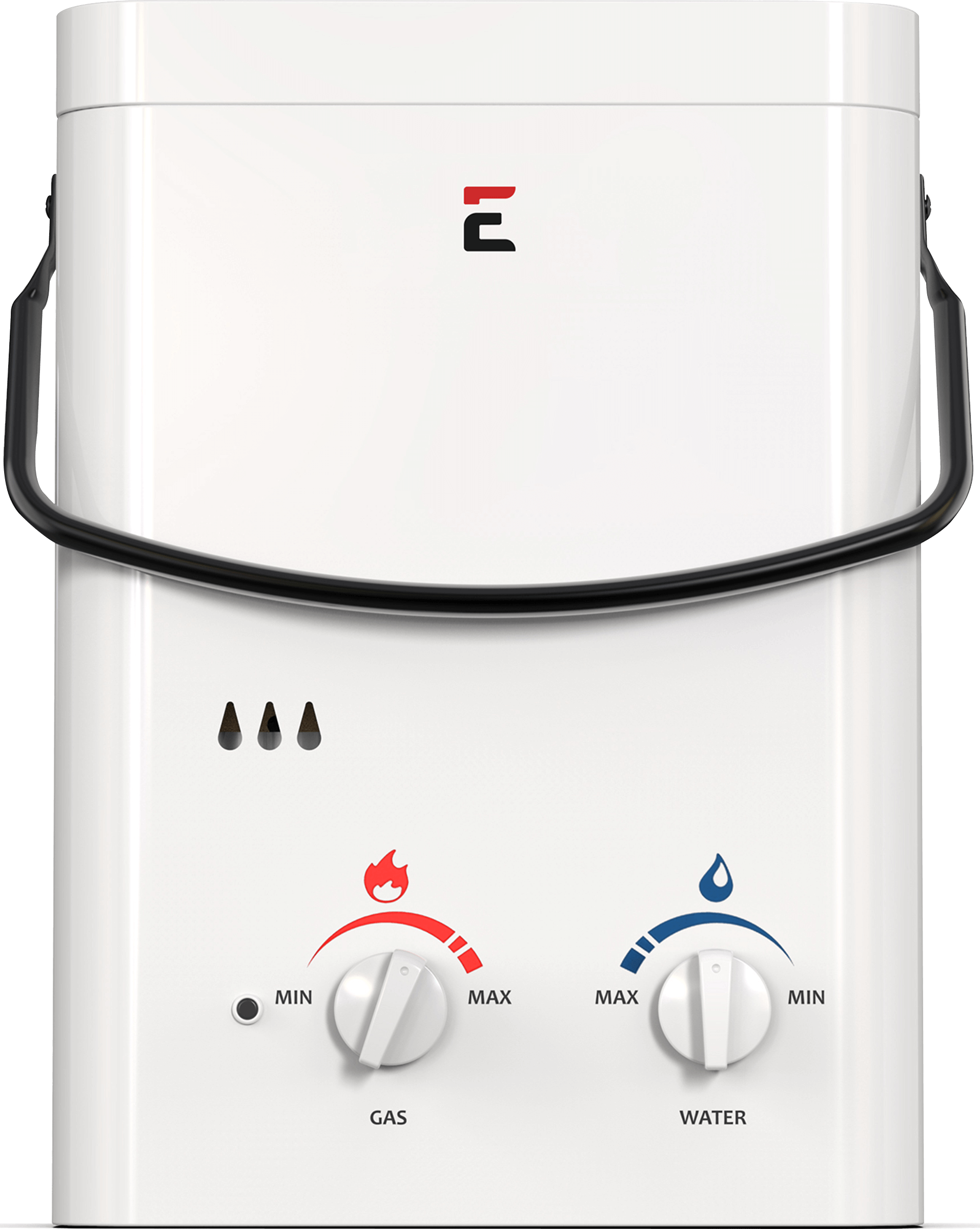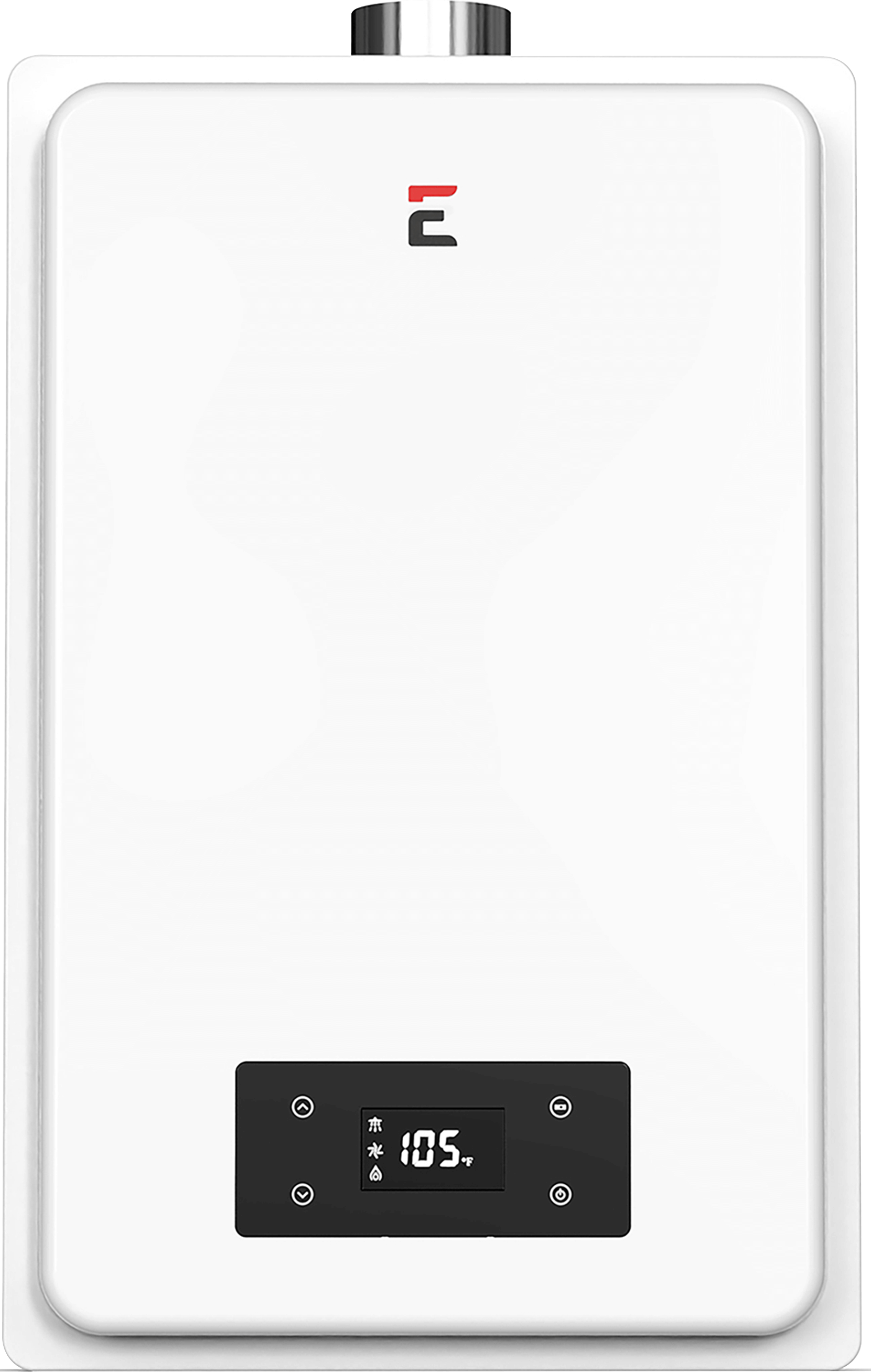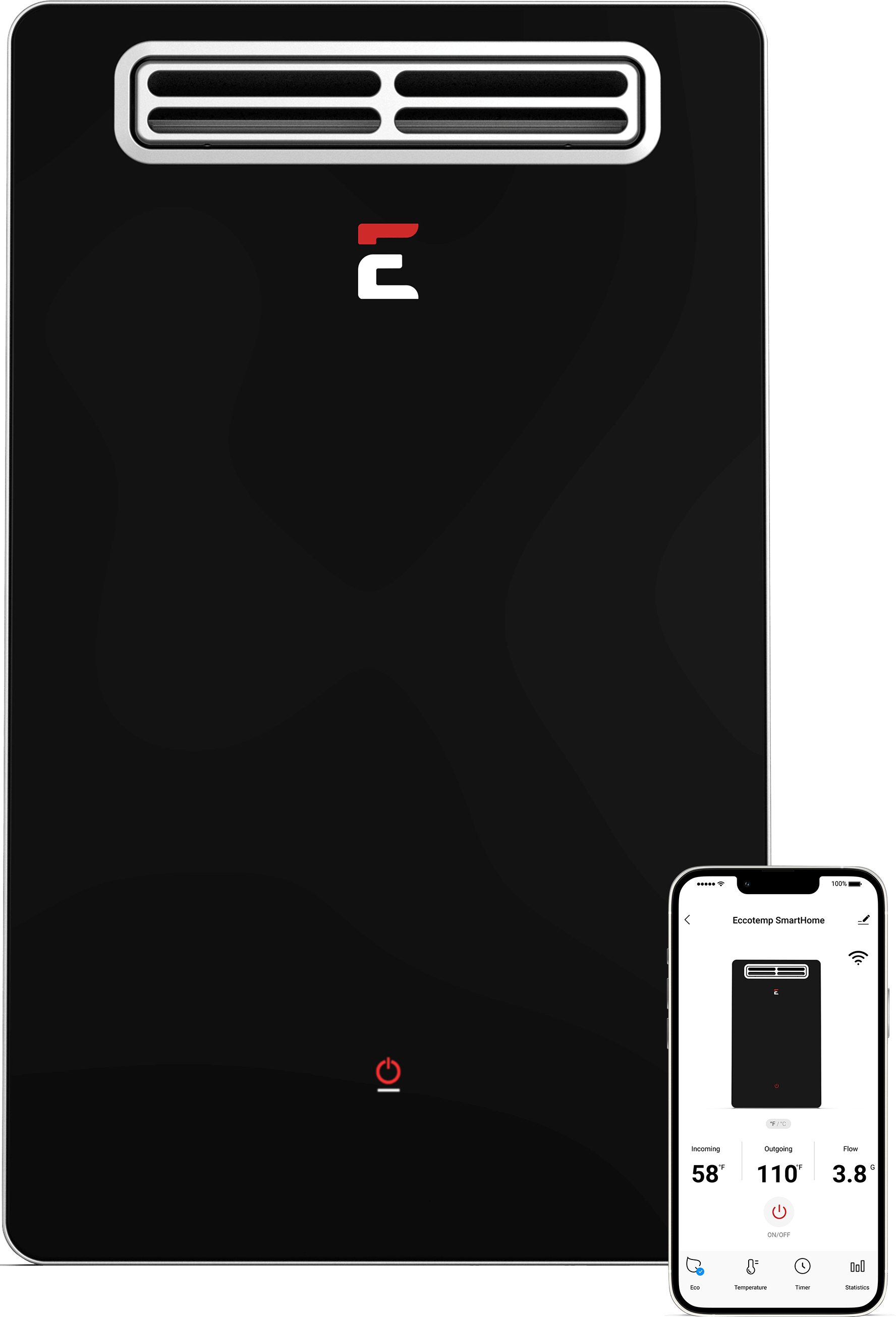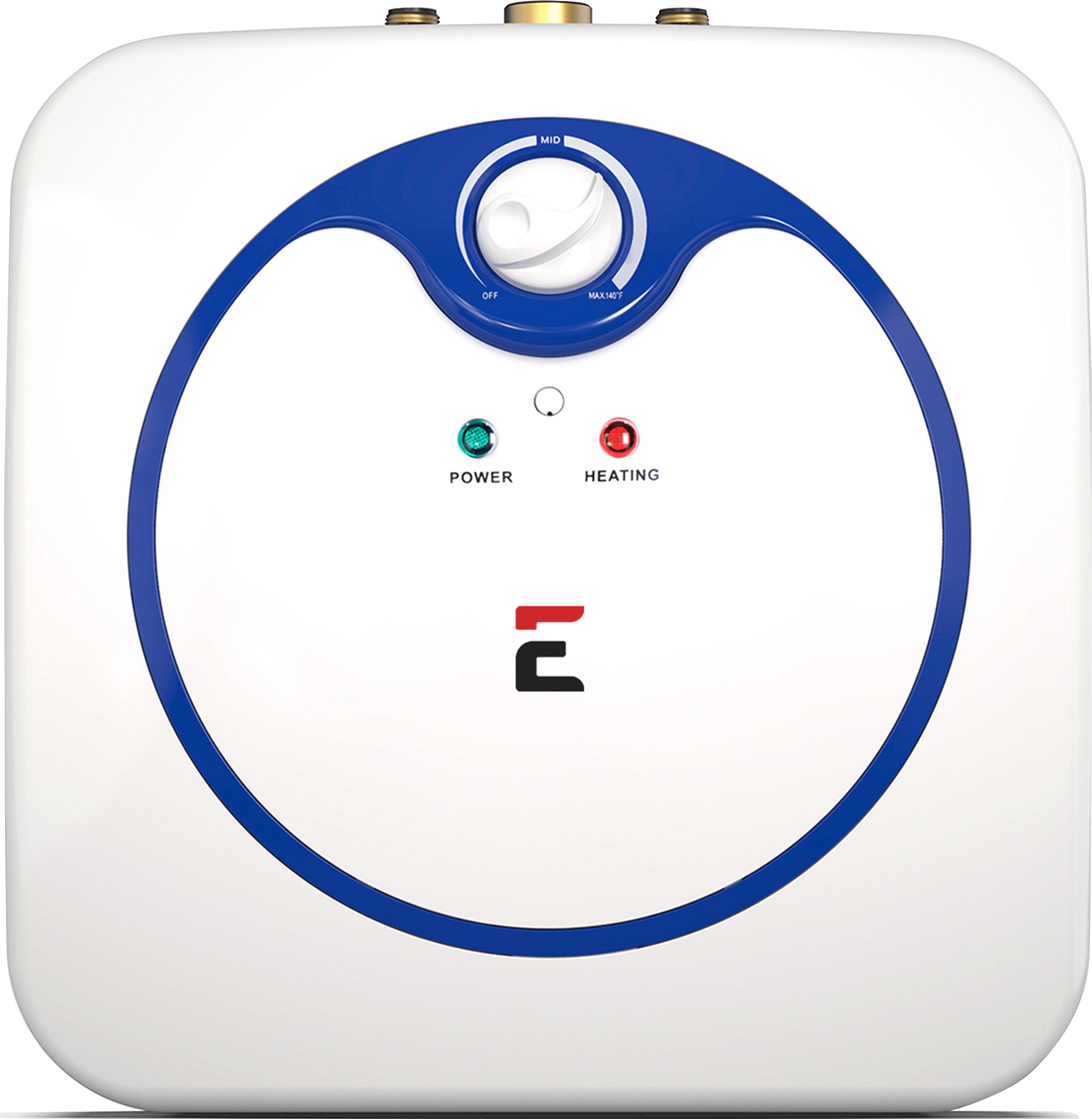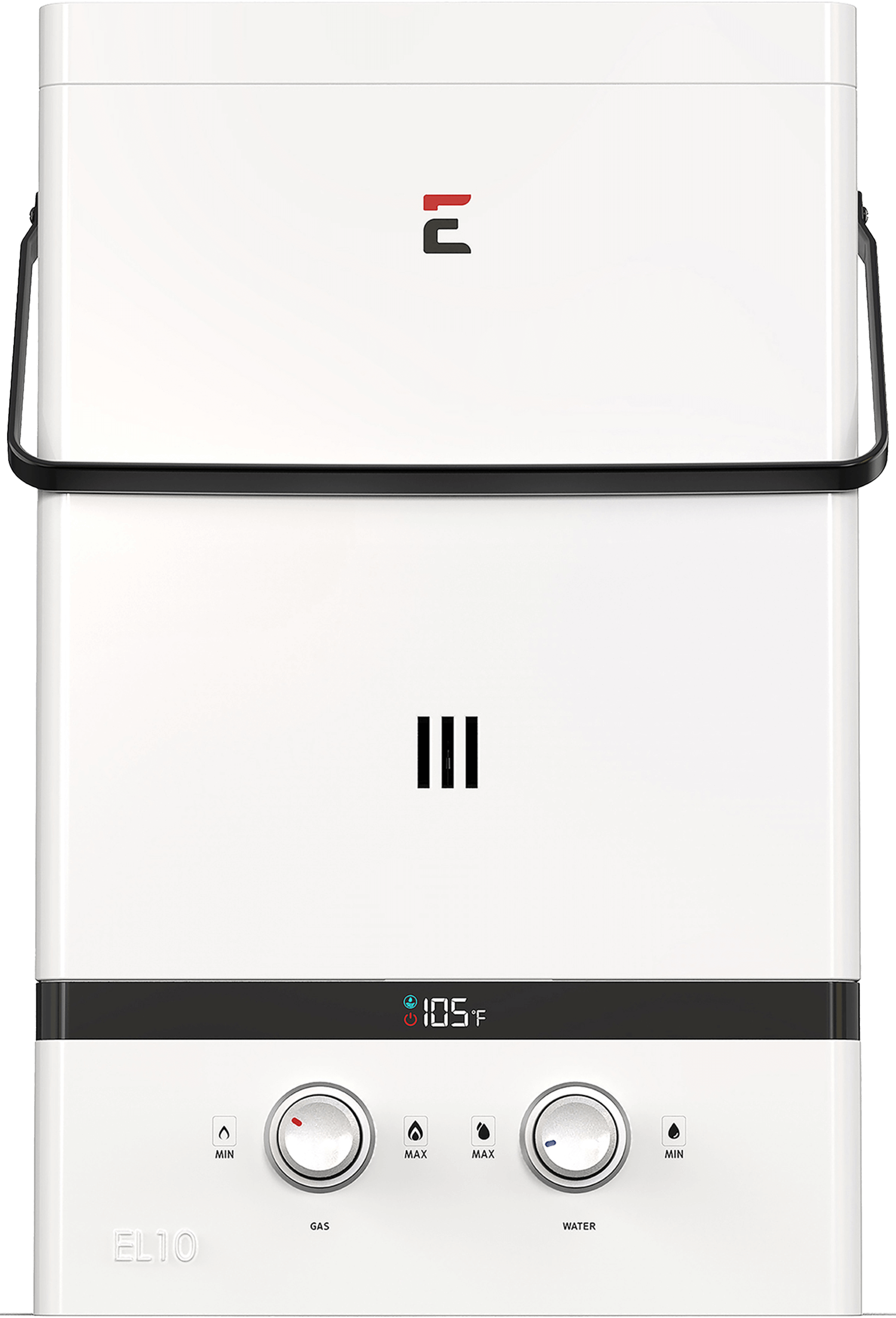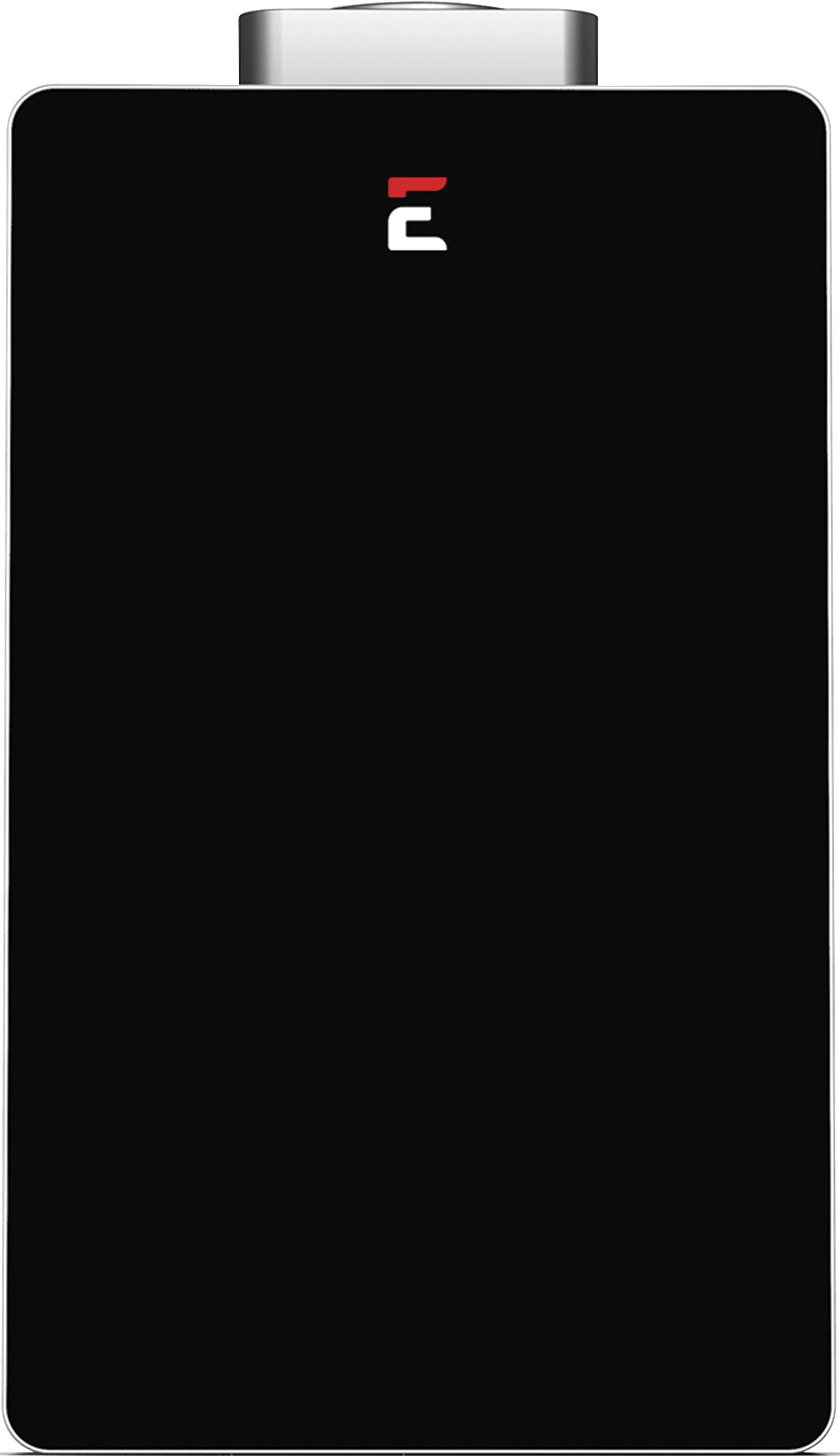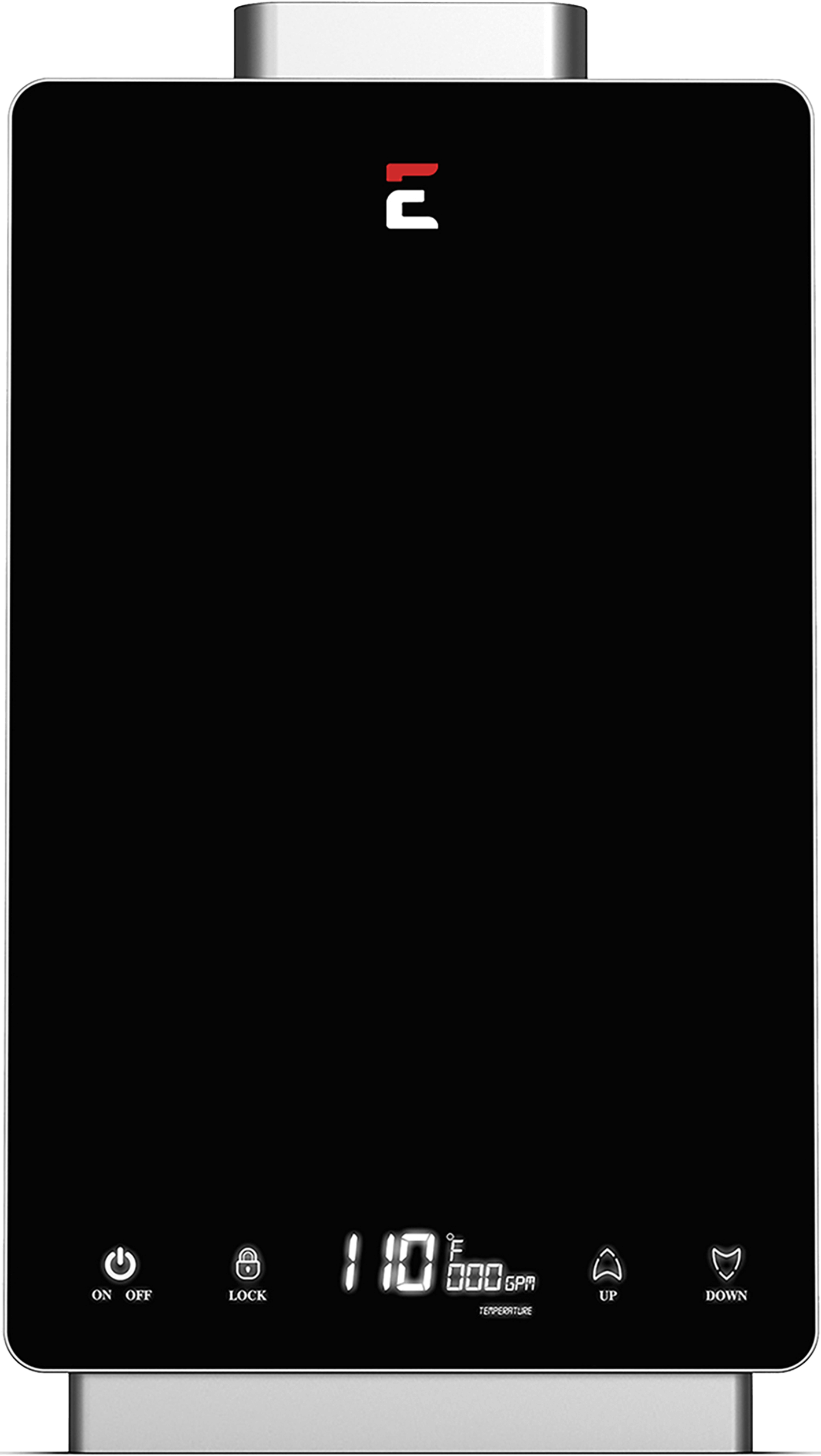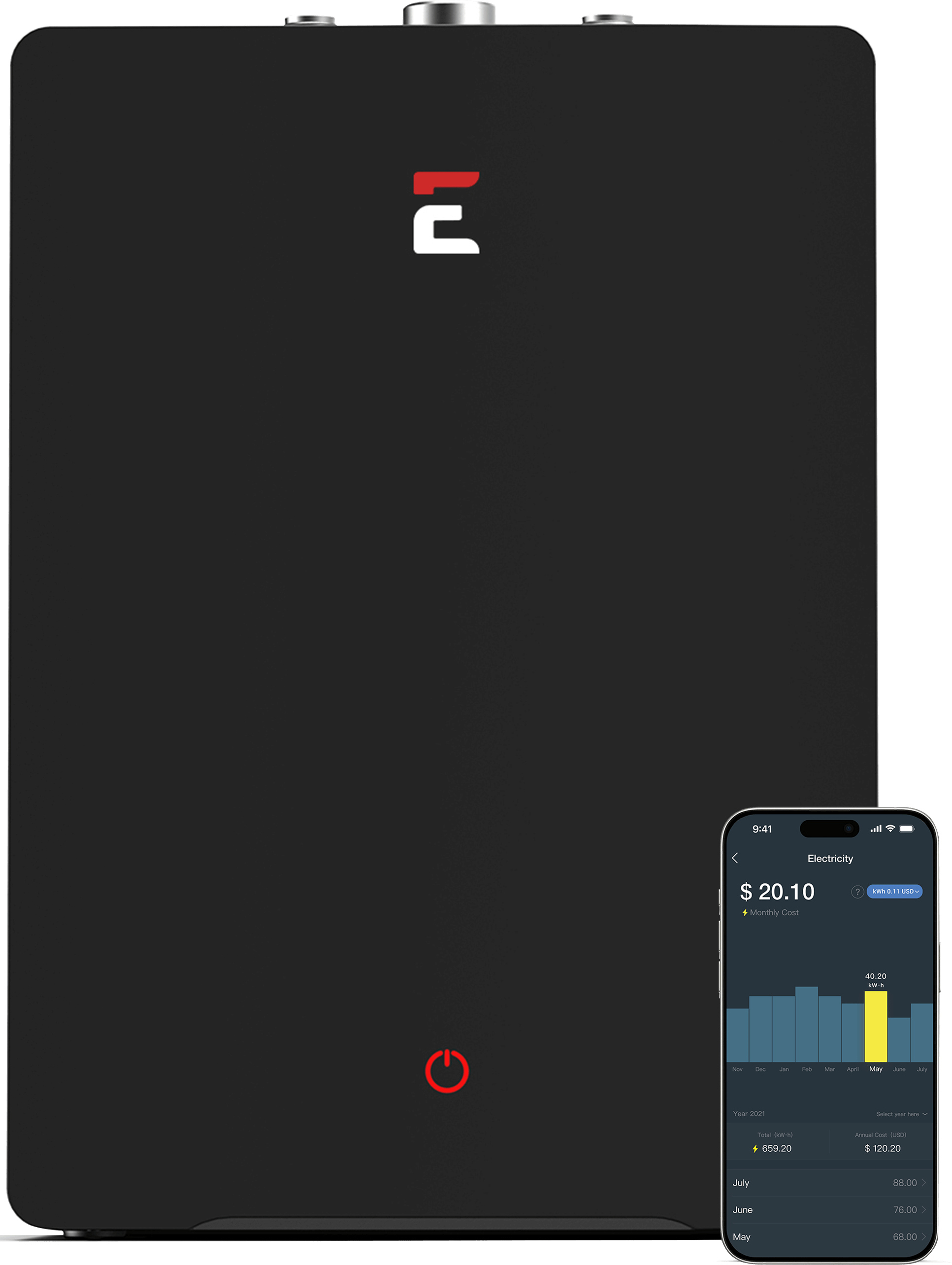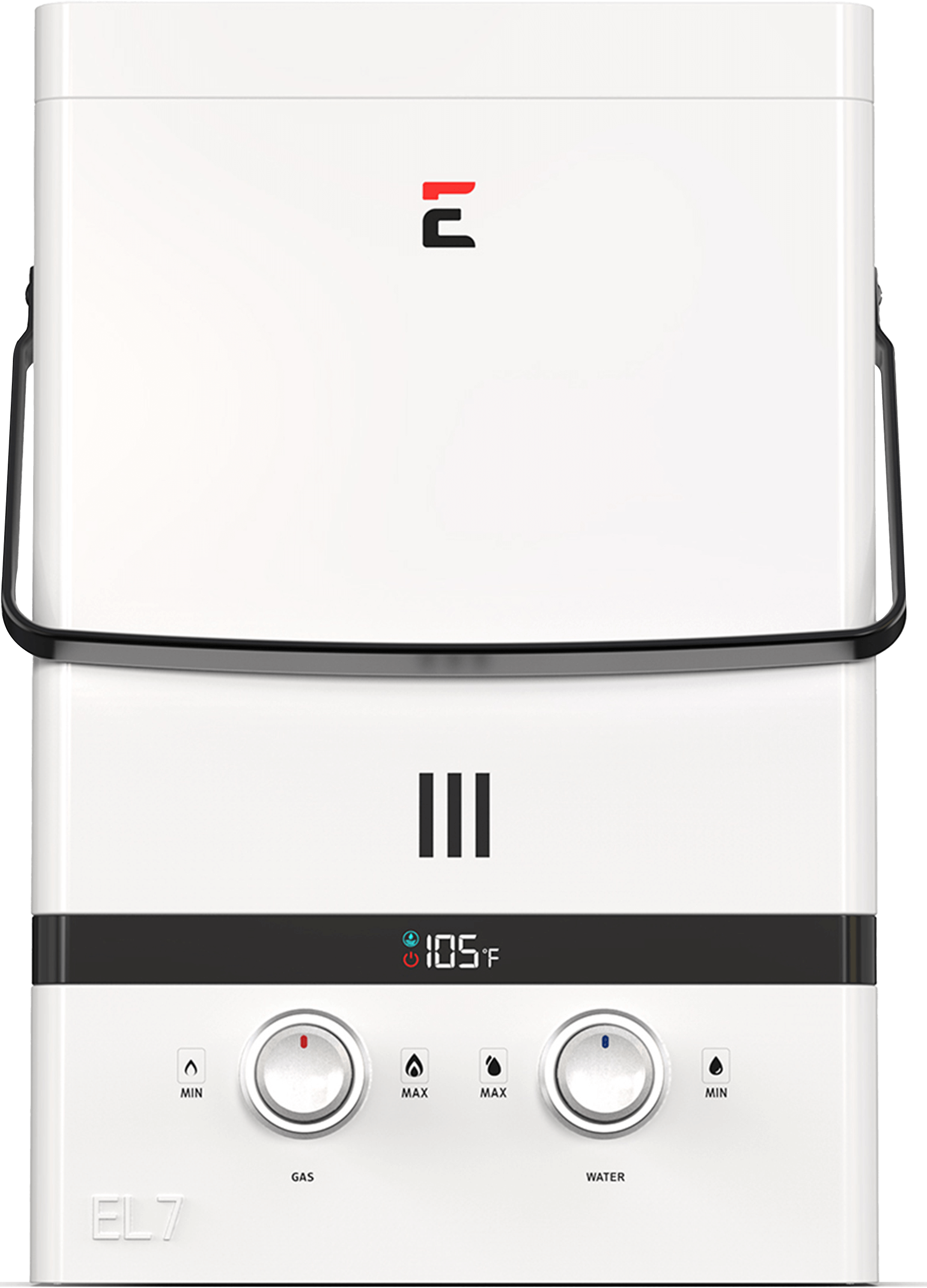How to Choose the Perfect Tankless Water Heater Size for a Family of Four
Switching to a tankless water heater is a smart decision for many homeowners. Unlike traditional water heaters with large storage tanks, tankless water heaters provide hot water on demand, eliminating the need for storing heated water. This innovative approach reduces energy consumption, saves space, and ensures a continuous supply of hot water. However, selecting the correct size for your household is essential to fully enjoy the benefits of a tankless system. A water heater that is too small will struggle to keep up with your household's demand, resulting in inconsistent hot water. Conversely, a tankless water heater that is too large may waste energy and cost more than necessary. For a family of four, identifying the right size ensures the perfect balance between efficiency and performance.
Understanding Flow Rate
The first factor to consider when choosing a tankless water heater is the flow rate. The flow rate refers to how much hot water the water heater can produce per minute, measured in gallons per minute (GPM). This metric is critical because it determines whether the water heater can provide enough hot water for simultaneous activities in your home. For instance, a family of four might often use multiple water fixtures at the same time, such as two people taking showers while the dishwasher and washing machine are running.
To calculate the required flow rate, consider the peak usage in your household. This involves adding up the flow rates of all fixtures and appliances that might be used simultaneously. Showers typically demand more hot water than other fixtures, followed by dishwashers and washing machines. For a family of four, peak usage could require a combined flow rate of six to eight GPM. If your family frequently uses multiple fixtures at the same time, it’s essential to choose a tankless water heater with a high enough flow rate to meet this demand. On the other hand, if your household has staggered water usage, a water heater with a lower flow rate might suffice.
It’s also important to note that flow rate requirements may vary depending on the efficiency of your fixtures and appliances. Modern, water-saving fixtures can reduce overall demand, allowing you to choose a smaller, more efficient water heater. This consideration not only saves energy but also contributes to long-term cost savings.
Understanding Temperature Rise
Another key factor when sizing a tankless water heater is the temperature rise. Temperature rise refers to the difference between the temperature of incoming cold water and the desired temperature of hot water. For example, if the groundwater temperature is 50°F and you prefer hot water at 120°F, the required temperature rise is 70°F. The higher the temperature rise, the more energy the tankless water heater must use to heat the water.
In colder climates, where groundwater temperatures are lower, the required temperature rise is typically higher. This means that a more powerful tankless water heater with a higher BTU (British Thermal water heater) rating is necessary to meet your hot water needs. Conversely, in warmer climates, where groundwater temperatures are naturally higher, the required temperature rise is lower, and a less powerful water heater may suffice.
For a family of four, the temperature rise generally ranges between 50°F and 70°F, depending on your geographic location and the time of year. Choosing a water heater that can handle this temperature rise ensures that you’ll always have a steady supply of hot water, even in the colder months. When calculating the temperature rise for your home, it’s helpful to consult local groundwater temperature data to get an accurate estimate.
Flow Rate and BTU Requirements
The flow rate and temperature rise work together to determine the BTU rating your tankless water heater needs. BTUs measure the water heater's heating capacity and indicate how effectively it can meet your household's hot water demand. For a family of four, most experts recommend a tankless water heater with a flow rate of six to seven GPM and a BTU rating between 145,000 and 180,000.
This range is typically sufficient to handle the demands of multiple fixtures running simultaneously, such as two showers, a dishwasher, and a washing machine. If your household experiences peak demand that exceeds this range, such as during back-to-back showers or when several appliances are used at once, you may need a more powerful water heater to avoid running out of hot water.
It’s also important to consider seasonal variations in water usage. For instance, during the winter months, when the incoming water temperature is colder, your tankless water heater will need to work harder to achieve the desired temperature. Ensuring that your water heater has sufficient BTU capacity to handle these conditions will help you maintain consistent performance year-round.
Climate Considerations
Climate plays a significant role in determining the size of your tankless water heater. In colder regions, where groundwater temperatures are significantly lower, you’ll need a more powerful water heater to heat the water efficiently. For example, if you live in a northern state where the incoming water temperature is 40°F or lower, your tankless water heater will require a higher BTU rating to compensate for the greater temperature rise.
In contrast, in warmer climates where groundwater temperatures are higher, the temperature rise is less demanding, and a smaller water heater may be sufficient to meet your needs. Choosing a tankless water heater that aligns with your local climate conditions ensures optimal performance and energy efficiency.
Matching Household Demands
The hot water demands of a family of four can vary depending on daily routines and water usage patterns. For instance, if your household frequently uses hot water simultaneously—such as multiple showers in the morning combined with dishwashing and laundry—you’ll need a larger water heater with a higher flow rate to accommodate this peak demand.
On the other hand, if your family’s water usage is more staggered throughout the day, a smaller tankless water heater may be sufficient. This approach not only saves energy but also reduces the upfront cost of purchasing a larger water heater.
It’s also worth considering future changes in your household’s water usage. For example, if you plan to add new appliances or expand your home, you may want to choose a tankless water heater with a slightly higher capacity to account for these changes.
Choosing the Right Brand and Model
When selecting a tankless water heater, it’s important to choose a reliable brand that offers high-quality, energy-efficient models. Eccotemp is a leading manufacturer of tankless water heaters, specializing in SmartHome-compatible systems that provide on-demand hot water with advanced features. Their models are designed to be compact, efficient, and easy to use, making them a popular choice for families.
Eccotemp’s products include digital temperature controls, energy-saving settings, and sleek designs that integrate seamlessly into modern homes. By investing in a reputable brand like Eccotemp, you can enjoy the peace of mind that comes with reliable performance and excellent customer support.
Conclusion
Choosing the right tankless water heater for a family of four involves careful consideration of several factors, including flow rate, temperature rise, and climate conditions. By calculating your household’s peak water demand and selecting a water heater with the appropriate capacity, you can ensure a steady supply of hot water while maximizing energy efficiency. For most families, a tankless water heater with a flow rate of six to seven GPM and a BTU rating between 145,000 and 180,000 will meet their needs.
Additionally, selecting a reputable brand like Eccotemp ensures that you’ll benefit from advanced features, reliable performance, and long-term durability. Whether you’re upgrading from a traditional water heater or installing a tankless system for the first time, choosing the right size is key to enjoying the many advantages of this modern technology. With the right tankless water heater, you can reduce energy waste, save on utility bills, and enjoy endless hot water for years to come.
 Weekly Deals
Weekly Deals
 Water Heaters
Water Heaters
 Accessories
Accessories
 Installation
Installation
 Parts
Parts
 Protection Plans
Protection Plans
 Final Sale
Final Sale













